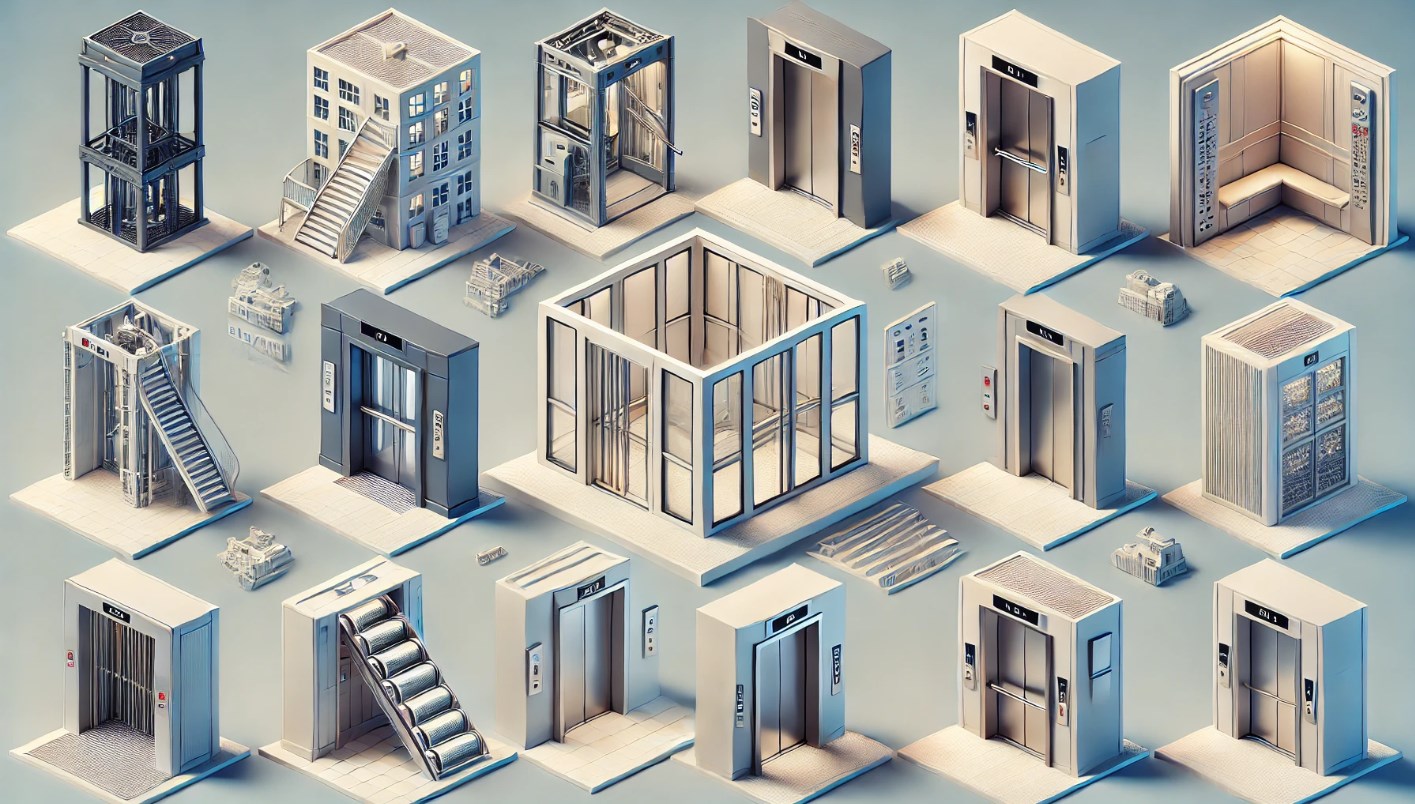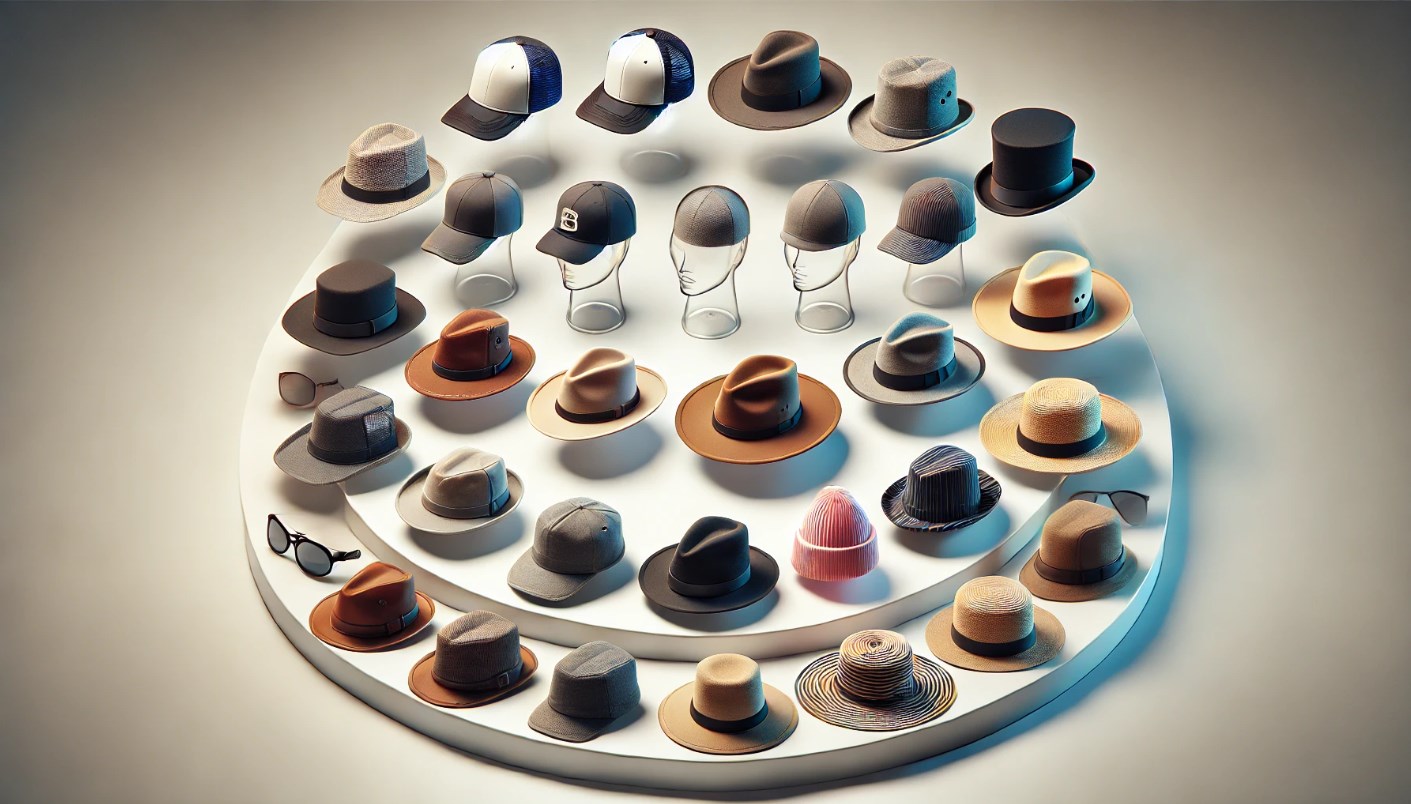Elevators are integral to the vertical transportation needs of modern infrastructure. They serve a crucial function in buildings of various types, from residential apartments to commercial buildings, shopping malls, hospitals, and skyscrapers. In particular, elevators have become essential in overcoming the limitations of space in densely populated urban areas. As demand for quality, reliable, and energy-efficient elevators continues to grow worldwide, China has become a leading hub for elevator manufacturing, providing both high-end and budget-friendly solutions for markets across the globe.
China’s elevator industry is characterized by its innovation, cost-effectiveness, and manufacturing capacity. Many Chinese companies have emerged as top-tier manufacturers, specializing in a wide array of elevator products, from high-rise elevators to specialized solutions for freight, hospitals, or hotels.

Major Types of Elevators
Elevators come in many types, each designed to suit different functions, load capacities, building heights, and design aesthetics. Below, we detail the primary elevator types commonly used across residential, commercial, and industrial sectors.
1. Passenger Elevators
Passenger elevators are the most commonly used type, designed primarily to transport people in buildings such as office towers, apartment complexes, shopping malls, hospitals, and hotels. These elevators can be powered by various systems, including hydraulic, traction, or machine-room-less designs, and they are typically equipped with advanced safety and comfort features.
Key Features:
- Capacity: Typically carries between 5-20 passengers, though larger units may accommodate up to 50 people.
- Design: Spacious and ergonomic cabins with aesthetic customization options for interior finishes.
- Usage: Commonly used in residential, commercial, and public buildings.
Passenger elevators come in a variety of configurations, with choices in terms of speed, design, and capacity.
2. Freight Elevators
Freight elevators, also known as goods lifts, are designed to transport heavy materials, products, or equipment between floors. These elevators are larger and have reinforced construction to handle substantial weight loads. They are commonly used in industrial settings, warehouses, and commercial buildings.
Key Features:
- Capacity: Capable of carrying heavy cargo, with weight capacities ranging from 1000 kg to over 10,000 kg.
- Design: Wide loading platforms, durable materials, and robust mechanical systems.
- Usage: Ideal for factories, warehouses, and large commercial spaces.
Freight elevators are critical in transporting heavy goods safely and efficiently across multiple floors.
3. Service Elevators
Service elevators are typically smaller than passenger elevators and are used primarily for carrying goods, maintenance personnel, or other service functions, such as laundry or catering in hotels. These lifts are usually placed in less prominent areas of a building, ensuring staff can access different levels discreetly and efficiently.
Key Features:
- Capacity: Generally smaller than passenger elevators, with capacities typically ranging from 500 to 1000 kg.
- Design: Functional and basic, often without the luxury finishes found in passenger lifts.
- Usage: Common in commercial, industrial, and hotel facilities.
Service elevators provide efficient means for staff to move between floors without interrupting passenger services.
4. Hydraulic Elevators
Hydraulic elevators use a piston mechanism powered by hydraulic fluid to raise and lower the elevator car. These elevators are typically used in low-rise buildings where space constraints or lower travel speeds are not an issue.
Key Features:
- Capacity: Generally limited to low-rise buildings and small load capacities.
- Design: Known for their smooth and quiet operation.
- Usage: Ideal for residential, small office buildings, and low-rise commercial buildings.
Hydraulic elevators are cost-effective for buildings with fewer floors and moderate traffic.
5. Traction Elevators
Traction elevators are powered by ropes and pulleys, and they operate with the help of a counterweight system. They are typically used for higher-rise buildings due to their ability to operate at higher speeds. There are two types of traction elevators: geared and gearless.
Key Features:
- Capacity: Can carry a larger number of passengers, with capacities ranging from 800 kg to over 5,000 kg.
- Design: Smooth, fast, and efficient operation suitable for high-rise buildings.
- Usage: Best suited for mid-rise and high-rise buildings.
Traction elevators offer faster speeds and more energy-efficient operation than hydraulic elevators, especially in taller buildings.
6. Dumbwaiters
Dumbwaiters are small, vertical lifts designed for transporting items, rather than passengers. They are often used in restaurants, hospitals, and private homes to carry goods such as food, laundry, or small items between floors.
Key Features:
- Capacity: Typically supports small loads, usually between 50 to 200 kg.
- Design: Compact and space-saving, easily installed in tight spaces.
- Usage: Common in hotels, hospitals, and restaurants for efficient material transport.
Dumbwaiters provide a convenient solution for transporting goods where passenger elevators would be too large.
7. Machine Room-Less Elevators (MRL)
Machine room-less elevators (MRLs) are a modern innovation designed to save space and reduce costs. These elevators do not require a separate machine room, as all the necessary components are integrated into the hoistway, making them an excellent choice for buildings with limited space for traditional elevator systems.
Key Features:
- Capacity: Suitable for low to mid-rise buildings.
- Design: Space-efficient and environmentally friendly.
- Usage: Typically used in residential buildings and low-rise commercial buildings.
MRLs are popular in buildings where space conservation is important, such as smaller offices or residential complexes.
8. Glass Elevators
Glass elevators are aesthetically designed, transparent lifts that provide a panoramic view of the surroundings as passengers ascend or descend. These elevators are often used in high-end residential buildings, shopping malls, and hotels, where the visual experience adds to the appeal of the structure.
Key Features:
- Capacity: Similar to passenger elevators, they can carry 5-20 people.
- Design: Transparent walls made of glass, providing a scenic ride.
- Usage: Commonly used in luxury buildings, hotels, and high-end commercial spaces.
Glass elevators offer an immersive experience that enhances the appeal of the building.
9. Observation Elevators
Observation elevators are designed to offer passengers a unique, panoramic view of the surroundings during their ride. These elevators are typically found in observation towers, high-rise buildings, and resorts.
Key Features:
- Capacity: Can accommodate up to 20-30 people.
- Design: Transparent or glass walls, often with a revolving feature.
- Usage: Installed in landmarks, skyscrapers, and luxury hotels.
Observation elevators are used to provide an enhanced user experience, especially in buildings with stunning views.
10. Pneumatic Elevators
Pneumatic elevators use air pressure to move the elevator car, offering a compact solution for homes and small buildings. These lifts have no cables or pulleys, making them a space-efficient option for residential use.
Key Features:
- Capacity: Typically carries only 1-2 passengers at a time.
- Design: Simple, small, and easy to install.
- Usage: Primarily used in residential buildings and small commercial spaces.
Pneumatic elevators are a unique and convenient solution for homes with limited space for traditional lifts.
Why Import Elevators from China?
China is the world’s largest producer of elevators, and its industry is rapidly expanding due to the country’s exceptional manufacturing capacity, competitive pricing, and cutting-edge technology. The reasons why businesses and individuals opt to import elevators from China are varied and compelling.
1. Cost-Effective Solutions
One of the most significant advantages of importing elevators from China is the cost. Chinese manufacturers are known for their ability to produce high-quality elevators at a fraction of the price compared to competitors in the United States, Europe, or Japan. This is due to China’s lower labor costs, large-scale production capabilities, and government incentives for manufacturing.
2. Advanced Technology
Many Chinese elevator companies invest heavily in research and development, ensuring that their products incorporate the latest technological advancements. This includes energy-efficient designs, smart elevator systems, and eco-friendly materials. Chinese manufacturers offer innovations such as machine room-less elevators and smart elevator controls, which are gaining popularity worldwide.
3. Customization Options
Chinese manufacturers are flexible when it comes to customization, allowing customers to tailor elevators to their specific needs. Whether it’s for residential, commercial, or industrial use, Chinese manufacturers can provide various configurations, sizes, finishes, and additional features to meet diverse requirements.
4. Global Certification and Quality Assurance
Most top-tier elevator manufacturers in China meet international quality standards and hold certifications like ISO 9001, ISO 14001, and CE marking. These certifications ensure that products meet safety, performance, and environmental standards.
5. Strong After-Sales Support
Many Chinese elevator manufacturers offer strong after-sales support, including installation, maintenance, and technical assistance. This ensures that customers can rely on continuous support throughout the lifecycle of their elevators.
1. OTIS Elevator (China)
Overview:
OTIS is one of the most globally recognized elevator brands, and its Chinese arm plays a critical role in producing high-quality vertical transport solutions.
Company Facts:
- Location: Shanghai, China
- Year Founded: 1996
- Manufacturing Capacity: Annual production of over 20,000 units
- Certifications: ISO 9001, ISO 14001, OHSAS 18001
- MOQ: 1 unit
2. Schindler China
Overview:
Schindler is a renowned Swiss multinational that manufactures elevators and escalators. Their Chinese operations are a vital part of their global network, offering cutting-edge technology and efficient vertical transport solutions.
Company Facts:
- Location: Suzhou, Jiangsu, China
- Year Founded: 1998
- Manufacturing Capacity: 15,000 units per year
- Certifications: ISO 9001, ISO 14001, CE Certification
- MOQ: 1 unit
3. Mitsubishi Electric (China)
Overview:
Mitsubishi Electric is a top Japanese elevator manufacturer with a strong presence in China. They are recognized for producing high-performance elevators with energy-efficient technologies.
Company Facts:
- Location: Beijing, China
- Year Founded: 1987
- Manufacturing Capacity: 10,000+ units annually
- Certifications: ISO 9001, ISO 14001, ISO 45001
- MOQ: 1 unit
4. Kone Elevator and Escalator China
Overview:
Kone is a Finnish company that has established itself as a leader in the elevator and escalator industry. Their Chinese operations produce a wide variety of high-quality elevators for residential and commercial applications.
Company Facts:
- Location: Beijing, China
- Year Founded: 1996
- Manufacturing Capacity: Over 12,000 units per year
- Certifications: ISO 9001, ISO 14001, OHSAS 18001
- MOQ: 1 unit
5. Zhejiang Xizi Elevator
Overview:
Zhejiang Xizi Elevator specializes in manufacturing passenger and freight elevators with a focus on innovative designs and high safety standards.
Company Facts:
- Location: Hangzhou, Zhejiang, China
- Year Founded: 1986
- Manufacturing Capacity: 8,000+ units annually
- Certifications: ISO 9001, ISO 14001, CE
- MOQ: 1 unit
6. Yungtay Elevator
Overview:
Yungtay is known for its high-quality and customizable elevators. The company offers tailored solutions for a wide range of residential, commercial, and industrial clients.
Company Facts:
- Location: Wuxi, Jiangsu, China
- Year Founded: 1985
- Manufacturing Capacity: 5,000 units per year
- Certifications: ISO 9001, ISO 14001, CE
- MOQ: 1 unit
7. Dongnan Elevator
Overview:
Dongnan Elevator is one of the leading Chinese manufacturers of both residential and commercial elevators, offering affordable and reliable solutions.
Company Facts:
- Location: Wuxi, Jiangsu, China
- Year Founded: 1992
- Manufacturing Capacity: 6,000+ units per year
- Certifications: ISO 9001, ISO 14001, CE
- MOQ: 1 unit
8. Shaanxi Elevator
Overview:
Shaanxi Elevator focuses on the production of high-quality elevators for both domestic and international markets, with a significant emphasis on durability and safety.
Company Facts:
- Location: Xi’an, Shaanxi, China
- Year Founded: 1996
- Manufacturing Capacity: 4,500+ units annually
- Certifications: ISO 9001, ISO 14001, CE
- MOQ: 1 unit
9. Fujitec China
Overview:
Fujitec is a highly respected elevator manufacturer with a global presence, offering premium products that combine advanced technology and reliability.
Company Facts:
- Location: Suzhou, Jiangsu, China
- Year Founded: 1987
- Manufacturing Capacity: 10,000+ units annually
- Certifications: ISO 9001, ISO 14001, CE
- MOQ: 1 unit
10. Toshiba Elevator and Building Systems (China)
Overview:
Toshiba is known for integrating cutting-edge technology into their elevator designs. The company provides high-performance elevators designed for residential, commercial, and industrial applications.
Company Facts:
- Location: Shanghai, China
- Year Founded: 1997
- Manufacturing Capacity: 7,500+ units per year
- Certifications: ISO 9001, ISO 14001, CE
- MOQ: 1 unit






